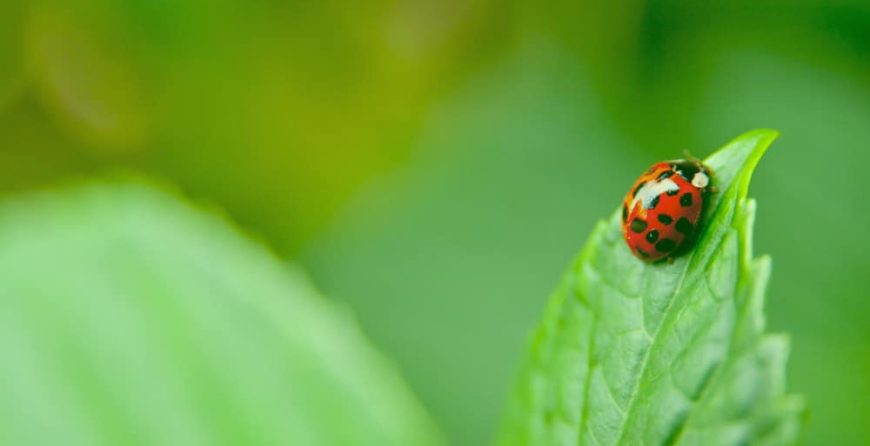 Organic gardening is all about managing your garden naturally. Pests are a major challenge to any gardener whether organic or conventional; they are the reason pesticide manufacturers make billions in profits annually. Though there are organic pesticides that you can use to ward off pests, you can save money by attracting their natural rivals; insects. Plant nectar and pollen rich plants and offer adequate protection for the beneficial insects. You not only increase your garden’s ecological diversity but also crop sustainability. Here are common beneficial insects and how to attract them.
Organic gardening is all about managing your garden naturally. Pests are a major challenge to any gardener whether organic or conventional; they are the reason pesticide manufacturers make billions in profits annually. Though there are organic pesticides that you can use to ward off pests, you can save money by attracting their natural rivals; insects. Plant nectar and pollen rich plants and offer adequate protection for the beneficial insects. You not only increase your garden’s ecological diversity but also crop sustainability. Here are common beneficial insects and how to attract them.
Ladybugs
There are over 400 species of ladybugs meaning that they are common. Ladybug larvae and adults are attracted to aphids and soft bodied pests. To attract them, you must have flower nectar and pollen rich crops. Adults must feed on nectar and pollen before reproducing.
Lacewings
Lacewings feed on flower nectar while their larvae feed on scales, moth eggs, aphids, mites, small caterpillars, thrips, and scales.
Hover flies
Adult hover flies resemble small bees but with striped abdomens. Their larvae are greenish or grayish slugs with pointed heads. They feed on aphids especially in tight garden places where most beneficial insects cannot get. As such, they are helpful during early spring and before most beneficial insects start acting.
Predatory bugs
Predatory bugs include ambush bugs, pirate bugs and assassin bugs. They feed on most destructive pests such as tomato hornworms, spider mites, thrips, corn earworms, most pest eggs and small caterpillars. Predatory bugs are attracted by buckwheat, willows, nectar, corn and pollen from most flowers. Also, shrubs, bunch grasses and permanent plants that provide shelter.
Ground beetles
Ground beetles are long-legged, large shiny brown, black and blue. They hide under logs and rocks during the day and move very fast when disturbed. They feed on snails, slugs, root maggots, Colorado potato beetle larvae ad cutworms just to mention a few. Ground beetles are attracted by providing logs, stones and ground covers where they can hide during the day.
Parasitic and hunting wasps
There are numerous wasps’ species including very tiny ones. Mini-wasps are good for attacking garden pests, their eggs and sometimes larvae. They are attracted by growing nectar and pollen rich plants.
Spiders
All spider types feed on insects. As such, they are good at preventing pest outbreaks in organic gardens. Garden spiders barely move indoors and are not poisonous. Provide shelter to attract them by growing permanent perennial plants and straw mulches.
Tachinid flies
Tachinid flies resemble house flies but are good at eliminating armyworms, cutworms, sawflies, Japanese beetles, sow bugs, tent caterpillars, cabbage loopers, squash bugs and gypsy moths. Grow nectar and pollen-rich plants to attract them.
Conclusion
As noted earlier, organic gardening encourages natural farm management strategies like attracting beneficial insects to deter destructive pests. Above are just a few examples of beneficial pests and how to attract them. Brainstorm with organic gardeners in your area to learn common pests that you need to watch out for, beneficial insects that deal with the pests and how to attract them.


